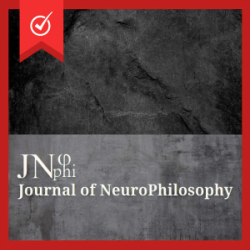What is Neurophilosophy and How Did Neurophilosophy Get Started?
Abstract
As neuroscience has intensely developed in the twentieth and twenty-first centuries, we increasingly see neurobiological results that bear upon age-old philosophical questions about the mind and its relation to the brain. Although neuroscience has not yet completely answered questions about learning and memory, or about attention, social impulses and sleep, for all these topics there are now relevant results. These results suggest that more can and will be understood in the coming years, especially as new techniques and methods are discovered and applied. Arguments from philosophers regarding why consciousness in particular cannot ever be explained neurobiologically are also critically examined. On this contentious topic too, clinical neurologists in particular have sought ways of determining the conscious status of their patients in order better to treat them. Even on this topic there is early but promising neurobiological progress.
Keywords:
neurophilosophy, history, mind, brain, Churchland, David Chalmers, Thomas Nagel, QuineDownloads
Metrics
References
Allman J. Evolving Brains. New York: Scientific American Library, 1999.
Arstila V and Lloyd D. Subjective Time: The Philosophy, Psychology and Neuroscience of Temporality. Cambridge, MA: MIT Press, 2014.
Baars BJ and Gage NM. Cognition, Brain, and Consciousness. San Diego: Academic Press, 2007.
Bickle J. The Oxford Handbook of Philosophy and Neuroscience. Oxford University Press, 2013.
Brozek B. Rule Following. Krakow: Copernicus Center Press, 2013.
Downloads
Published
How to Cite
Issue
Section
Categories
License
Copyright (c) 2022 Patricia Smith Churchland

This work is licensed under a Creative Commons Attribution-NonCommercial-ShareAlike 4.0 International License.
Authors continue to hold copyright with no restrictions.




